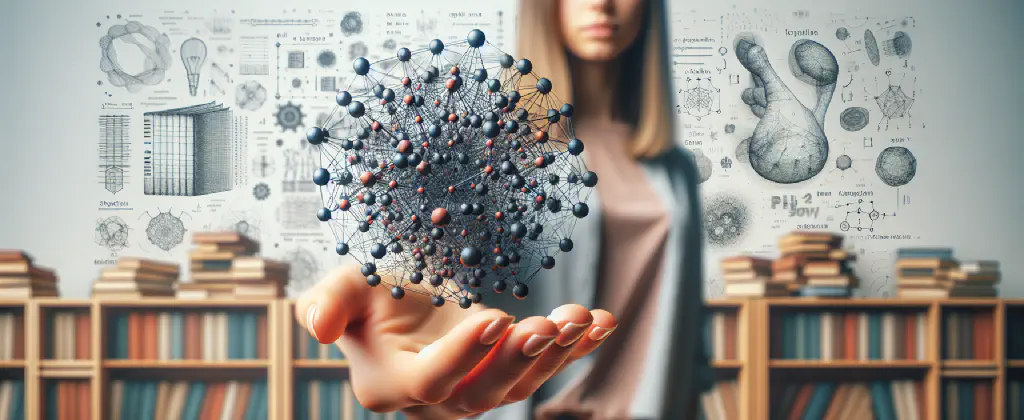12. December 2023
The Power of Small: Unlocking Language Learning with Phi-2

Have you ever wondered how language models can learn so much from so little data? With models like GPT-3 boasting 174 billion parameters, it’s astonishing to think about the huge volume of training data they can process. But what if I told you that smaller language models could still pack a powerful punch? Let’s take a closer look at Phi-2, a model with just 2.7 billion parameters, and explore the surprising capabilities of small-scale language models.
The Numbers Game
At first glance, it seems like Phi-2 is no match for the colossal GPT-3. But when we dig deeper into the numbers, we discover an interesting twist. While GPT-3 trained with an impressive 300 billion tokens, Phi-2 trained with 1.4 trillion tokens - that’s around 5 times more! This raises intriguing questions about the role of data volume in language learning.
Beyond Text: The Baby Factor
Comparing language models to human language acquisition is like comparing apples to oranges. Babies don’t learn language solely from a stream of text - they learn through multimodal input and direct feedback. The rich world of sensory experiences plays a significant role in their language development. However, language models like Phi-2 are limited to linguistic input and lack the scaffolding of a multimodal world model.
The Role of Unsupervised Learning
Unsupervised learning is a key component of early language learning in children. Babies cluster and learn information in an unsupervised fashion, gradually making sense of the world around them. Language models, on the other hand, rely on vast amounts of labeled data. But what if models could enhance their unsupervised learning capabilities? Advanced clustering techniques could potentially reduce the dependency on labeled data and open up new avenues for more efficient language learning.
Quality over Quantity
When it comes to data, it’s not just about the quantity, but also the quality. While GPT-3 trained on web scrapes and diverse sources, Phi-2 was trained on a mixture of synthetic and high-quality textbook data. The focus on “textbook quality data” suggests that targeted and curated datasets may be more effective for language learning than a massive quantity of diverse, but lower quality, data.
Unlocking Baby-like Language Learning
A human baby learns a language with approximately 30 million “token-equivalents” of learning data. Although there are no standard datasets that precisely mimic this baby-like learning experience, researchers have explored wearable systems like the Language ENvironment Analysis system (LENA) to analyze infants’ linguistic environment. These efforts help us estimate the linguistic input babies receive and understand the scale of linguistic data involved in early language acquisition.
Making Language Models More Baby-friendly
The next frontier lies in bridging the gap between language models and the holistic learning experience of human babies. Could incorporating multimodal input, such as video and audio, enhance the scaffolding capabilities of language models? By enabling models to learn from more than just text, we might unlock new avenues for more efficient language acquisition.
Power to the Small
While large language models like GPT-3 certainly capture headlines, smaller models like Phi-2 demonstrate that size isn’t everything. Despite its smaller parameter size, Phi-2 performs at a level comparable to larger models in its specialized domains. The key lies in the quality and focus of the data, as well as the potential for improving unsupervised learning capabilities.
As the field of language modeling continues to evolve, the surprising power of small models challenges our assumptions about the relationship between data volume and model performance. By exploring alternative approaches and considering the unique learning experiences of human babies, we can unlock new possibilities for more efficient and effective language learning in the future. So, don’t underestimate the power of small - it might just hold the key to unlocking the secrets of language learning.
✨📚🔬🌐✨